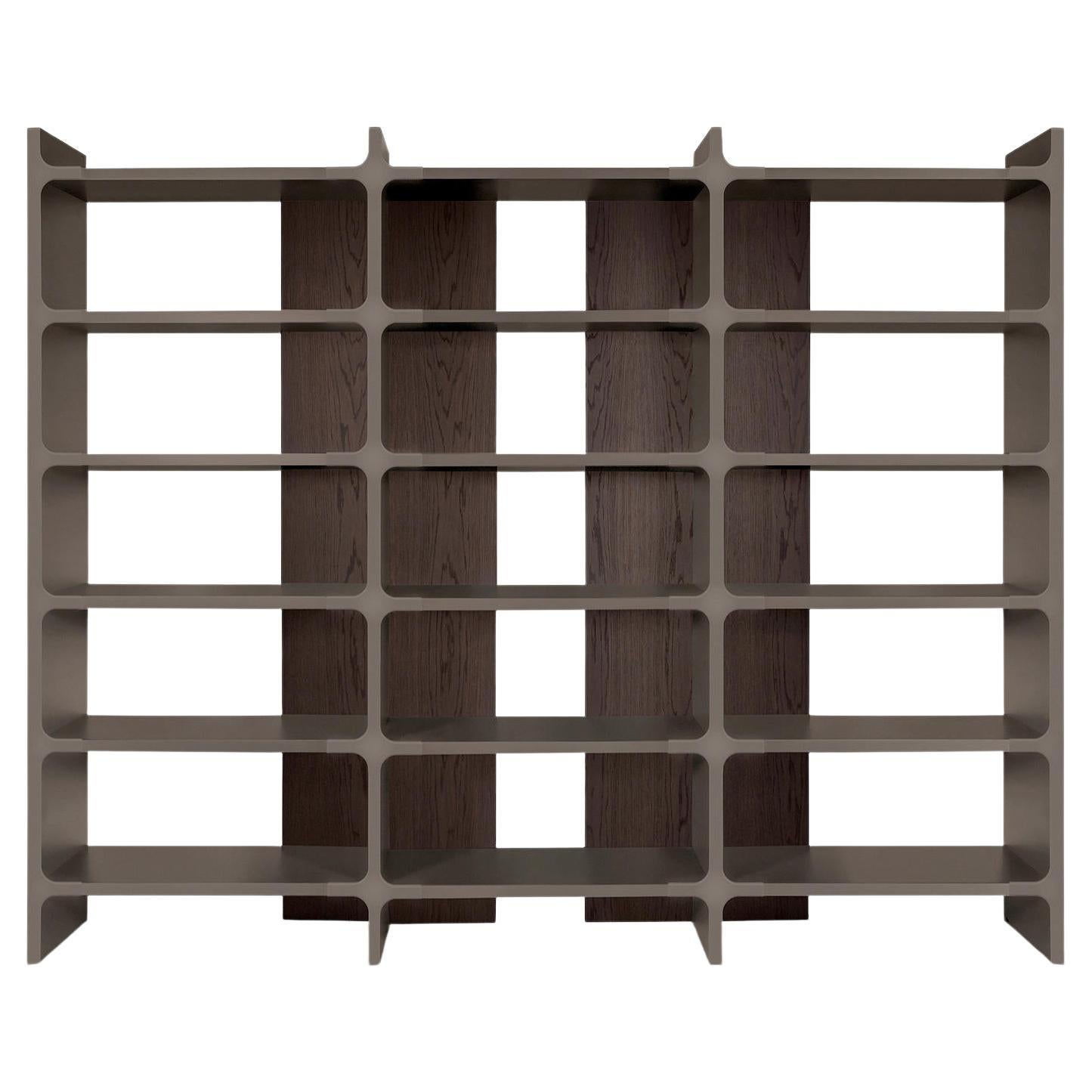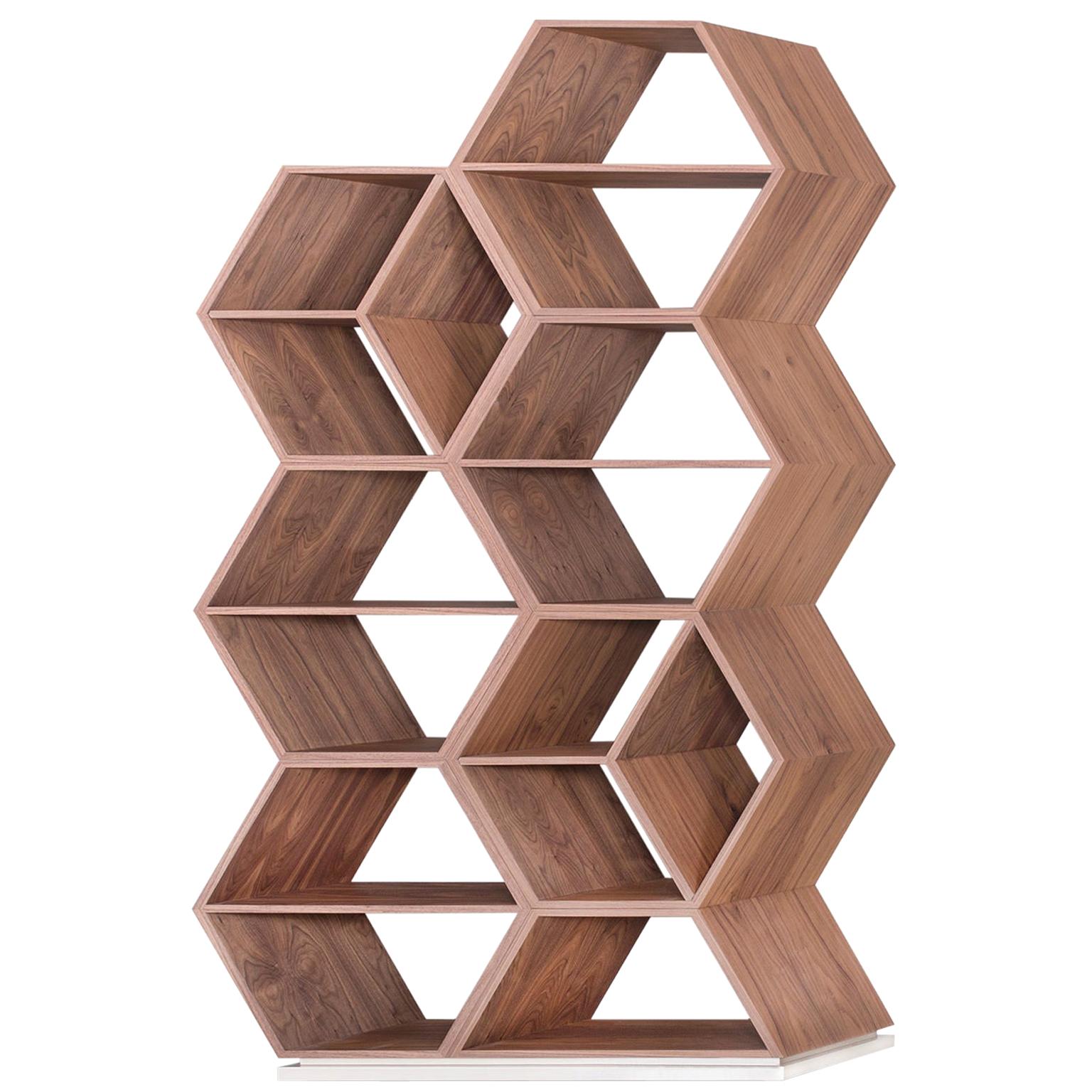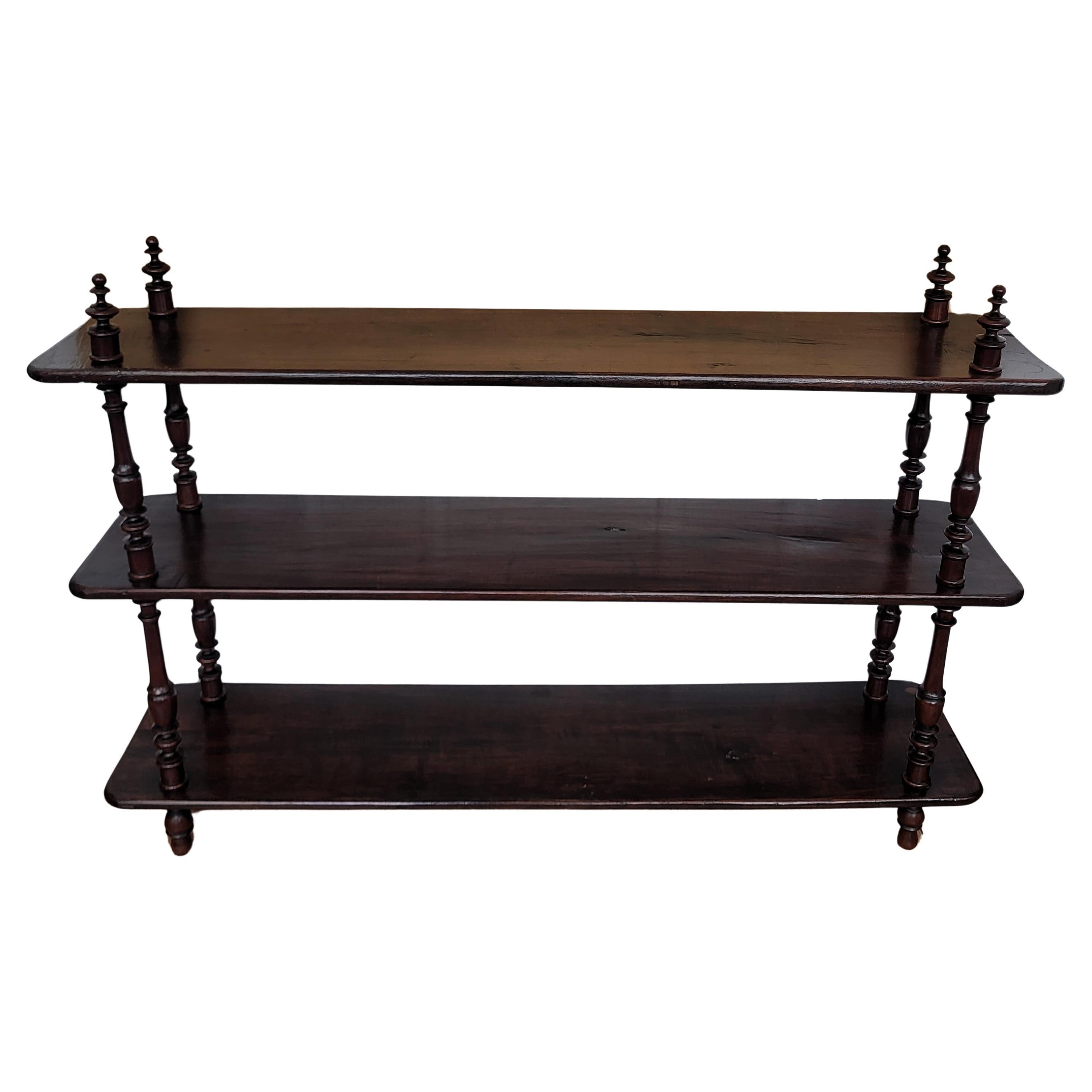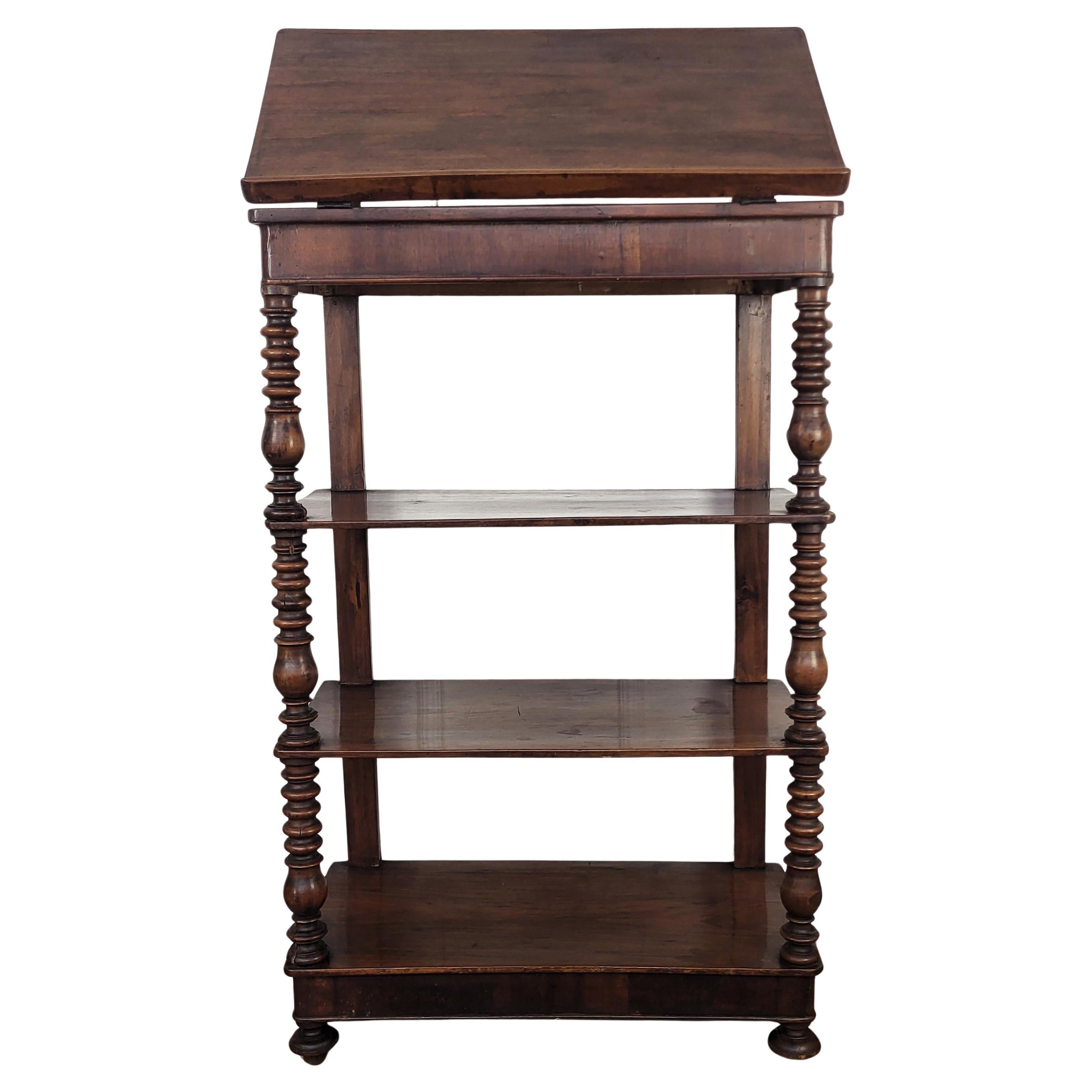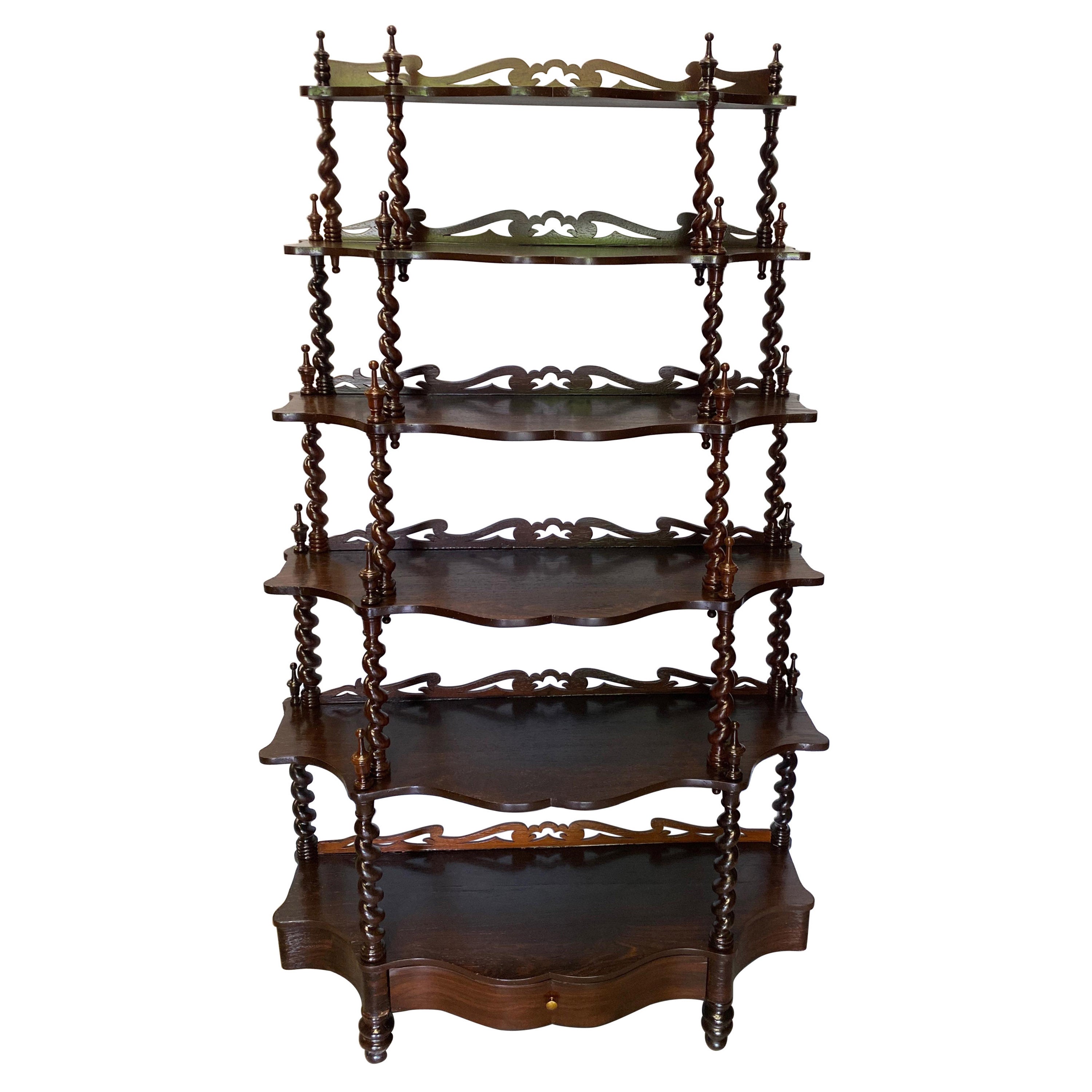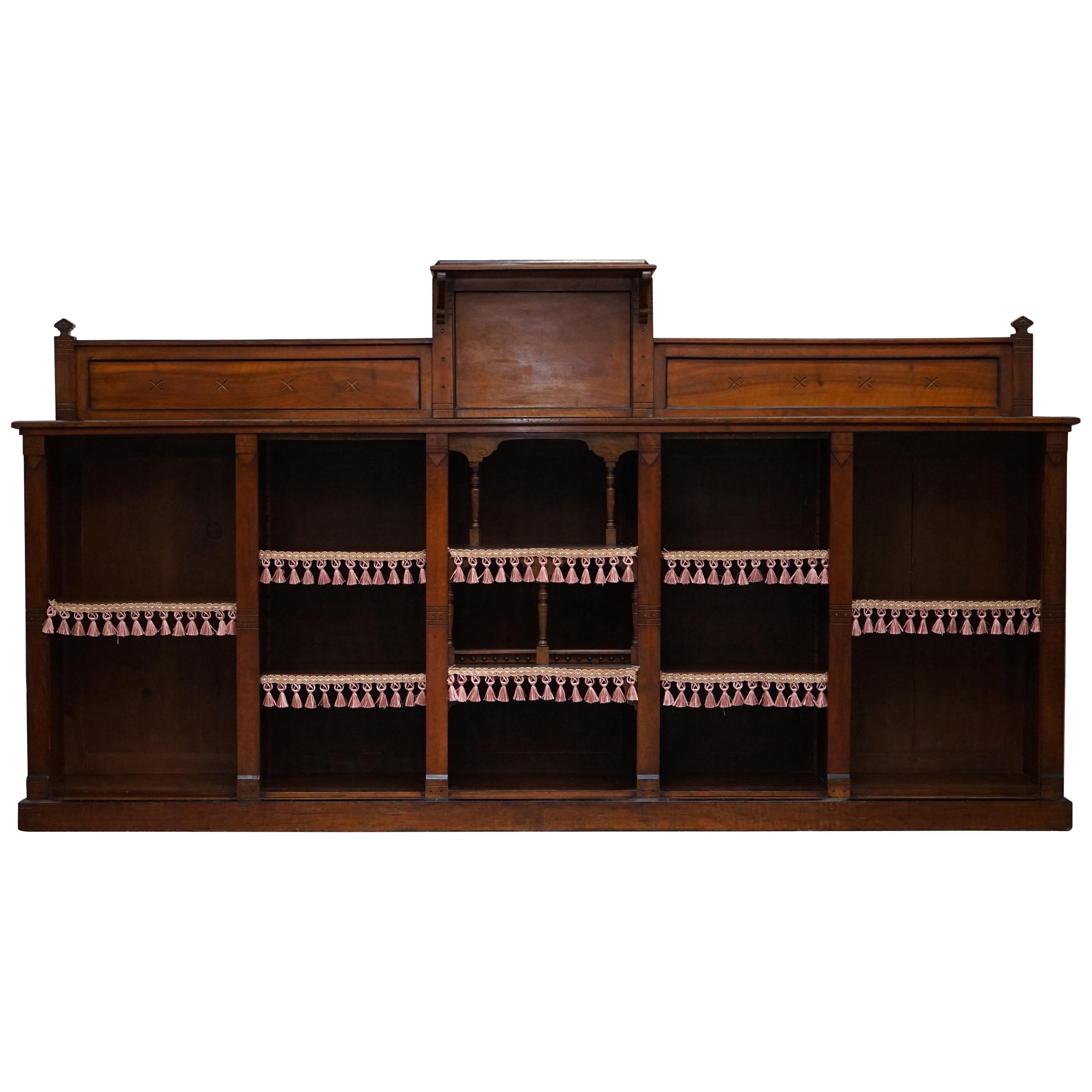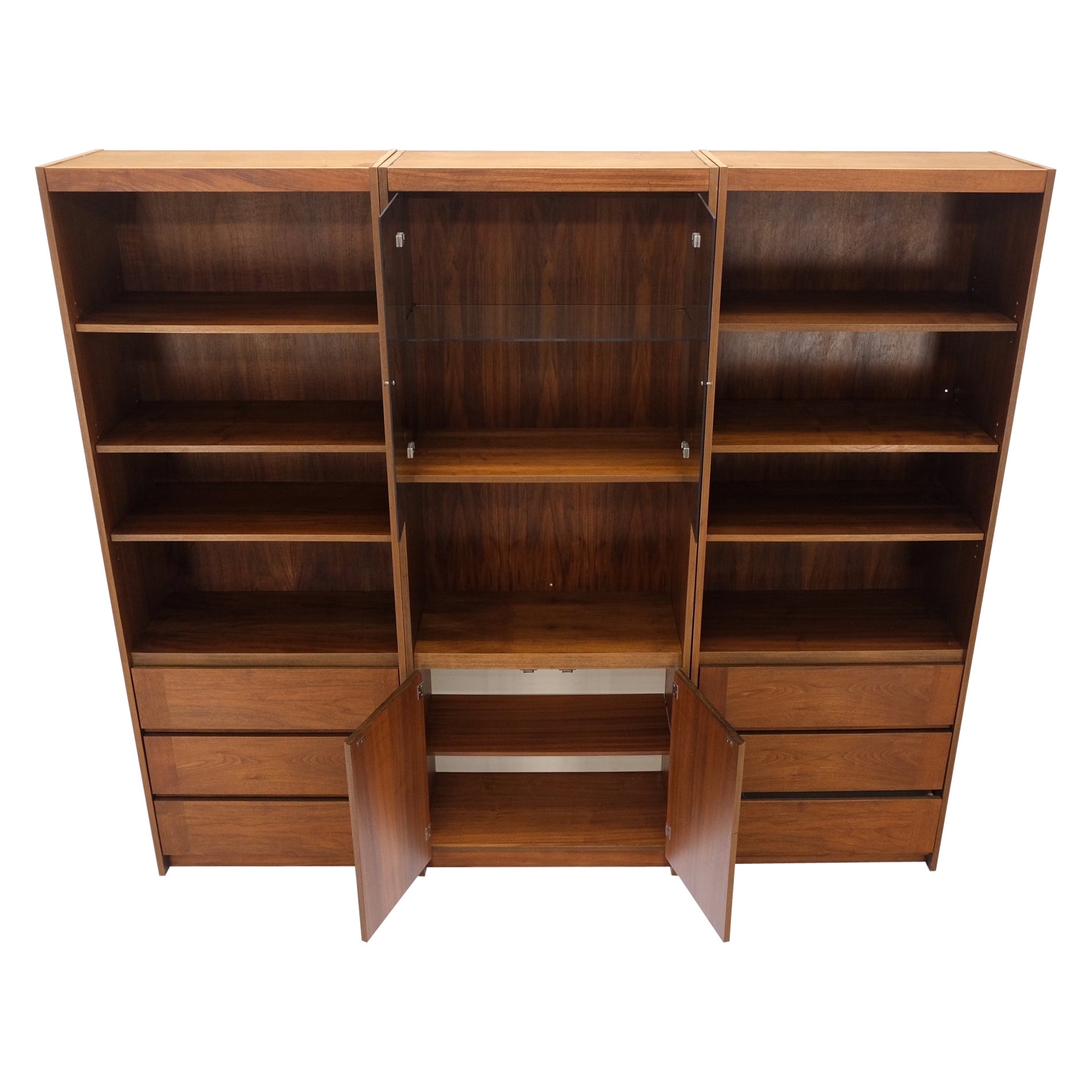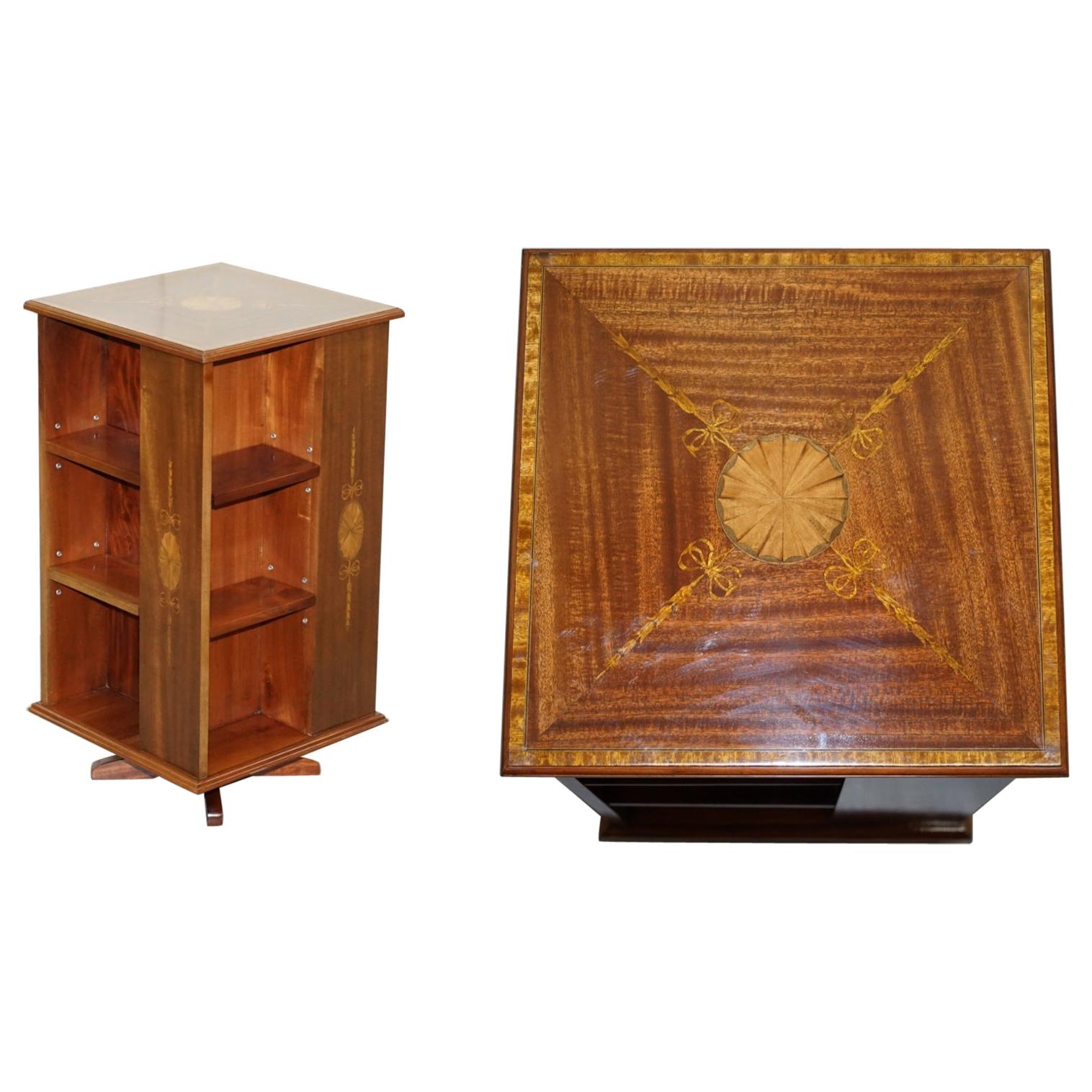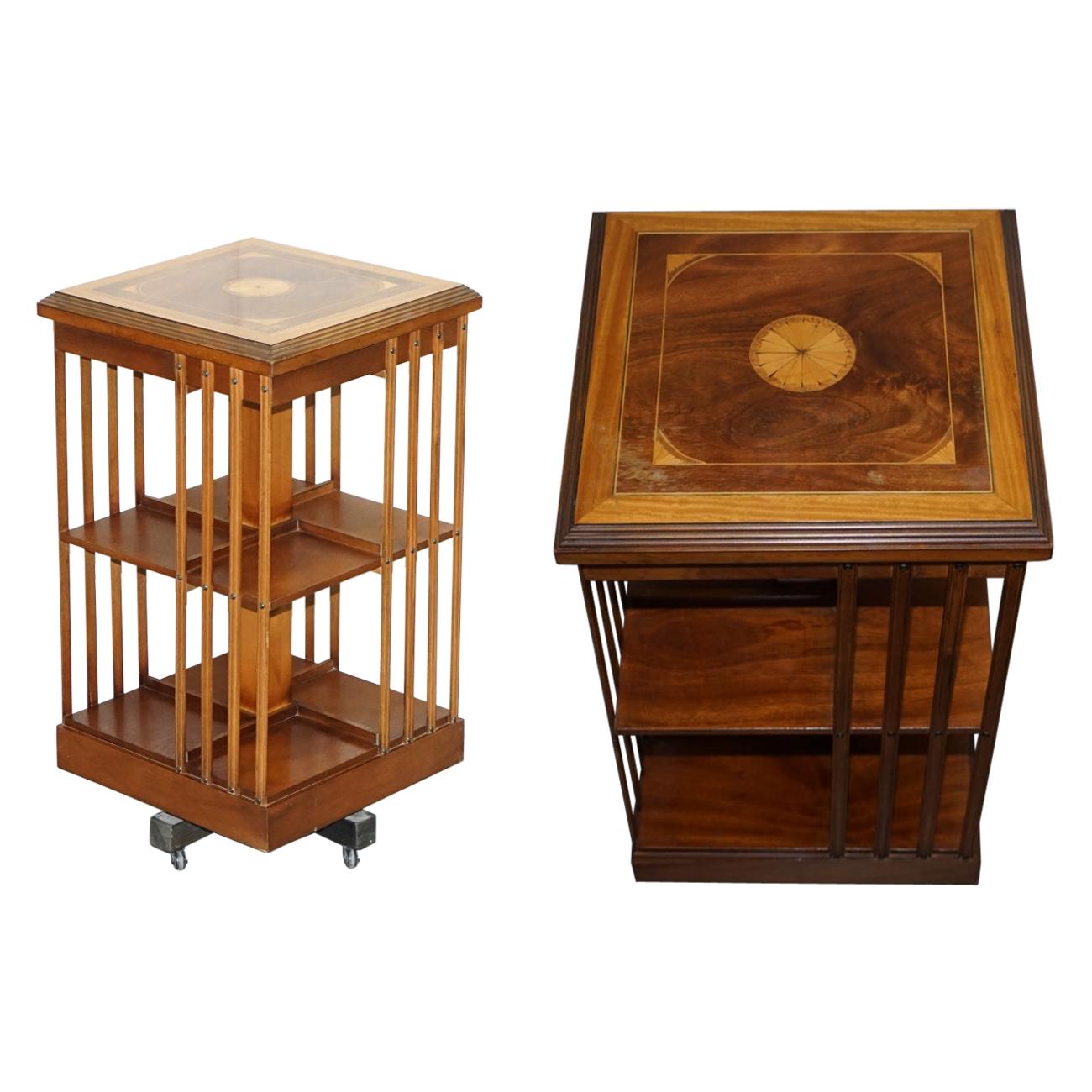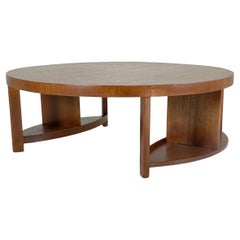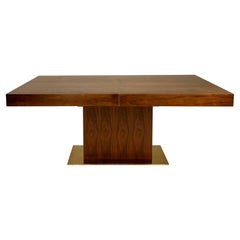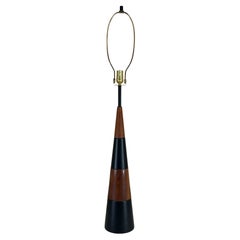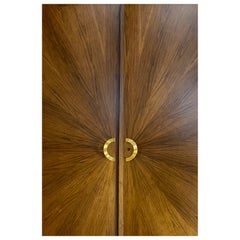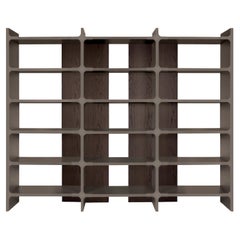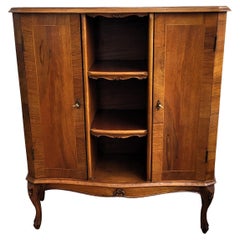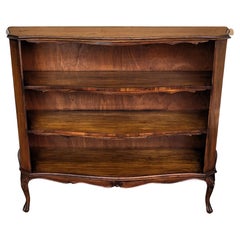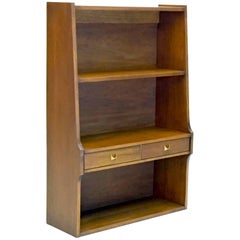
Broyhill Brasilia Premier Walnut Bookcase
View Similar Items
Broyhill Brasilia Premier Walnut Bookcase
About the Item
- Creator:Oscar Niemeyer (Designer),Broyhill Brasilia (Manufacturer)
- Dimensions:Height: 46 in (116.84 cm)Width: 30.75 in (78.11 cm)Depth: 12 in (30.48 cm)
- Style:Mid-Century Modern (Of the Period)
- Materials and Techniques:
- Place of Origin:
- Period:
- Date of Manufacture:1962
- Condition:Wear consistent with age and use.
- Seller Location:South Charleston, WV
- Reference Number:Seller: BB single unit1stDibs: LU161625983113
Oscar Niemeyer
Oscar Niemeyer made modernist architecture sexy. In his signature designs, such as those for the planned capital city of Brasília, Niemeyer created a distinctively buoyant architectural vocabulary of sweeping curves, flowing lines and organic forms (attributes that also characterize his seductive furniture). As expressions of faith in the power of modern architecture and design to foster progress, Niemeyer’s buildings have a kind of heroic poetry.
Oscar Ribeiro de Almeida Niemeyer Soares Filho was born to an upper-middle-class family in Rio de Janeiro. (His father was a graphic designer.) While in graduate school, Niemeyer began working for Lúcio Costa, one of the few modernist architects working in Brazil in the 1930s. Niemeyer would be assigned to the design team for a new building in Rio for the Ministry of Education and Health. The famed Swiss-born French architect Le Corbusier was hired as a consultant on the project, and through him Niemeyer would absorb many lessons in bringing a sense of structural lightness to large buildings — though he would never embrace the geometric forms espoused by Le Corbusier and the members of the Bauhaus.
“I am not attracted to straight angles or to the straight line, hard and inflexible, created by man,” Niemeyer would write in his memoirs. “I am attracted to free-flowing sensual curves.”
Nowhere would Niemeyer demonstrate his love of curvature more expressively and elegantly than in his designs for the principal buildings for Brasília, a project begun in 1956. The dramatic Congressional Palace features two stark towers flanked by a domed structure and a bowl-shaped edifice, for the upper and lower legislative houses. He placed the Palácio da Alvorada (the presidential residence) on a small peninsula jutting into a lake, so that the sequence of parabolic columns on its facade casts a mirror image on the water. Niemeyer’s grandest achievement was the city’s cathedral, a stunning composition of 16 arched vertical supports with tinted-glass interstices.
Four years after Brasília was completed, in 1960, Brazil’s elected government was overthrown in a military coup. Niemeyer, a member of the Communist party, was harassed continually by the junta. He left the country and did not return until democracy was restored, in 1985.
While in exile, in the early 1970s, Niemeyer began collaborating on furniture designs with his daughter, Anna Maria Niemeyer. Their best known pieces are seating furniture — the Alta lounge chair and ottoman and the Rio rocking chaise, which have flowing bases made of sheets of lacquered wood or stainless steel, share the aesthetics of Niemeyer’s architecture.
The Alta’s deep, oversized seat pads nod — much like the chair designs of Niemeyer’s countryman Sergio Rodrigues — to the Brazilian penchant for long, languorous conversations. Examples of both designs are priced at about $20,000, depending on age, condition and materials. As you will see on these pages, Oscar Niemeyer’s furniture designs are sleek, sculptural, comfortable and elegant — as well as a compact emblem of the work of one of the great architects of our time.
Find vintage Oscar Niemeyer lounge chairs, tables and other furniture on 1stDibs.
Broyhill Brasilia
No other American mid-century furniture line has become as synonymous with a certain type of curvilinear decoration as Broyhill’s Brasilia group. While its revered cabinets, dressers, dining chairs and more were made in the United States, the inspiration for the distinguishing characteristics of vintage Broyhill Brasilia furniture can actually be found in Latin American architecture.
Broyhill Furniture Industries was launched in Lenoir, North Carolina by brothers Thomas H. and James Edgar “Ed” Broyhill. Ed had been working for his brother’s furniture manufacturing company, the Lenoir Furniture Corporation, which produced bedroom furnishings in the 1920s, when a nearby supplier’s factory, Bernhardt Chair Company, burned in a fire.
Ed founded Lenoir Chair Company and expanded its operations while remaining an employee at Lenoir Furniture Corporation. He subsequently partnered with Thomas and together they purchased Harper Furniture Company, a local producer of Colonial Revival-style furniture, in 1929.
By the 1940s, Broyhill Furniture Industries had absorbed more factories and gained footing as a strong competitor of Lenoir’s Kent-Coffey Manufacturing Company and a rebuilt Bernhardt Furniture.
In the mid-1950s, responding to changing tastes and to an appetite for what is now universally known as mid-century modern furnishings, the firm launched its Broyhill Premier line with the Sculptra series. Sculptra pieces featured a square-within-a-square motif and horizontal cat’s-eye-shaped drawer pulls. Later, in 1962, the Broyhill Brasilia furniture group debuted at the Seattle World’s Fair. The collection was heavily inspired by Oscar Niemeyer’s modernist buildings for the eponymous Brazilian capital.
Designed and built by Niemeyer between 1956 and 1960, the modernist architecture of Brasília’s state capitol buildings has since taken on iconic status. The elegant curves of Niemeyer's works — those that characterize the white concrete structures that encase Palácio do Planalto in addition to the fluid inverted arches of the Supreme Federal Court Building — can be seen in the pronounced decorative elements that adorn the Broyhill Brasilia group’s sleek walnut highboy dressers, specifically in their striking brass drawer-pull arches and carved moldings. While considerably popular during the 1960s, the production of the Brasilia line — with its beloved two-tiered bedside tables and tasteful credenzas — was discontinued in 1970.
On 1stDibs, browse vintage mid-century Broyhill Brasilia furniture, such as its walnut dressers, dining chairs, case pieces and more.
More From This Seller
View AllVintage 1960s American Mid-Century Modern Coffee and Cocktail Tables
Mahogany
Late 20th Century American Mid-Century Modern Dining Room Tables
Steel
Mid-20th Century American Mid-Century Modern Table Lamps
Steel
2010s American Mid-Century Modern Doors and Gates
Brass
Mid-20th Century American Mid-Century Modern Coffee and Cocktail Tables
Walnut
Mid-20th Century American Mid-Century Modern Wall Mirrors
Mirror, Oak, Walnut
You May Also Like
2010s European Modern Shelves
Wood, Lacquer
Mid-20th Century Italian Mid-Century Modern Bookcases
Wood
21st Century and Contemporary Portuguese Mid-Century Modern Bookcases
Brass
Mid-20th Century Italian Mid-Century Modern Bookcases
Wood
Mid-20th Century Italian Mid-Century Modern Bookcases
Wood
Mid-20th Century Italian Mid-Century Modern Bookcases
Wood
